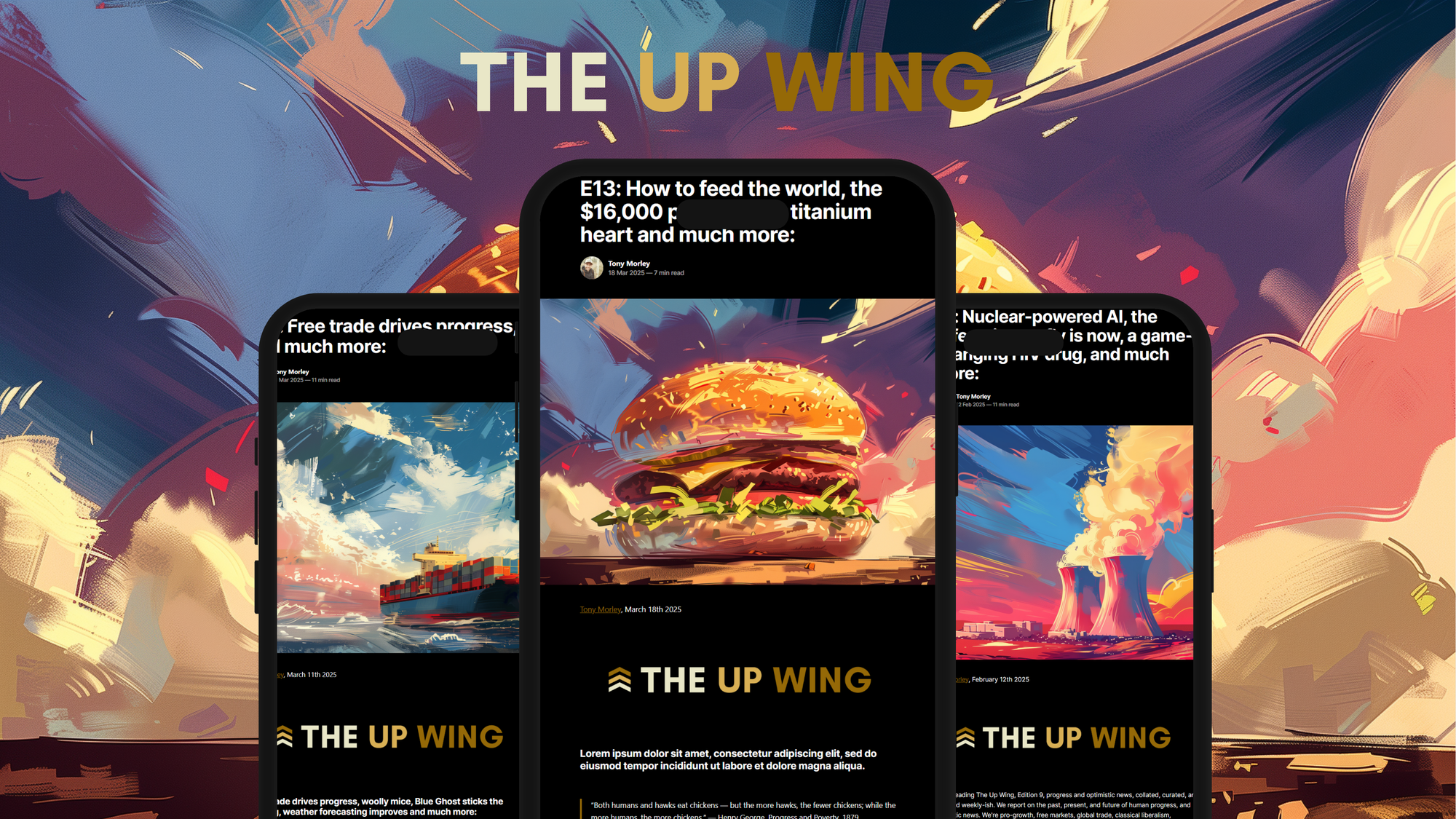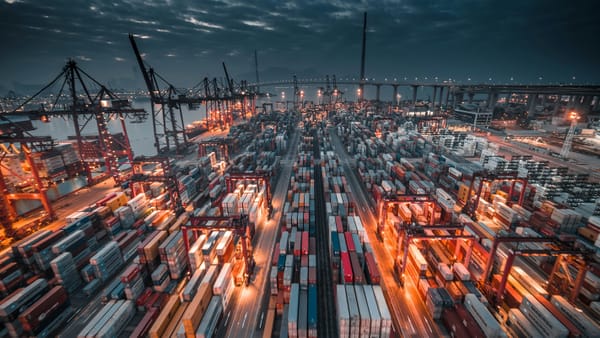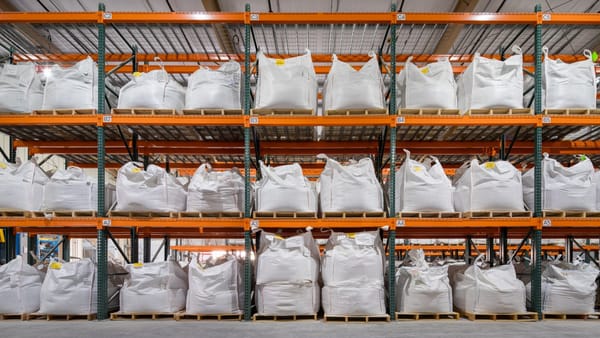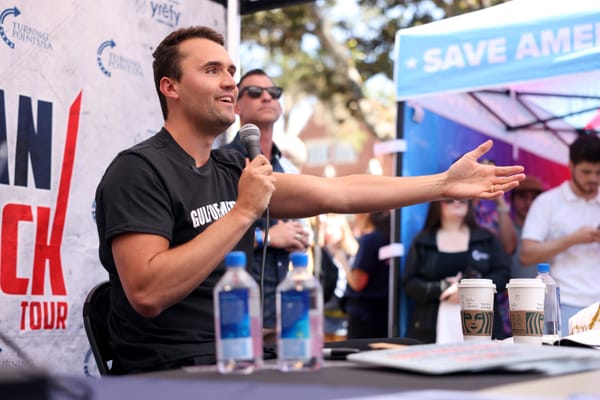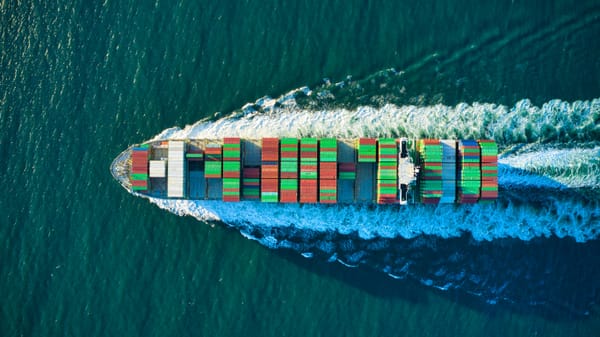“Breakfast for Eight Billion” How we fed the world

Tony Morley, August 26th, 2025

Welcome to The Up Wing
You’re reading The Up Wing, “Breakfast for Eight Billion,” How we fed the world, Charles C. Mann, an excerpt from The New Atlantis and commentary.
If you're new here, we report on the past, present, and future of human progress, and optimistic news. We’re pro-growth, free markets, progress, techno-optimism, classical liberalism, and a better future for civilization. You're welcome to subscribe if you'd like to support the mission.
“Sometime in the 1980s, an unprecedented change in the human condition occurred. For the first time in known history, the average person on Earth had enough to eat all the time.”
For nearly the entirety of human history, hunger was the rule, rather than the exception. We were a hunting and gathering species whose near-sole occupation was the catching and finding of enough calories and water to fill the bellies and slake the thirst of ourselves and our offspring. Even after we began abandoning nomadic life and moved into villages, towns and cities; hunger stalked the gates, and dearth was ever-present. It was a life where a single failed harvest, raid of the granary, or natural disaster would spell immediate hunger and possible starvation.
What foodstuff could be had was hard to hunt, raise, collect or grow, laborious to transport and difficult to keep fresh and free of pests and spoilage. The fact that the vast majority of those living in the West today can walk to the kitchen for breakfast in the morning and find cold milk, fresh eggs, ham and soft bread at arm's reach is the unimaginable fantasy of our pre-industrial ancestors.
Settled agriculture did increase the average calories available, but it did so in lockstep with population, with any surplus being vacuumed up by hungry adults, and even hungrier children. The condition was known as the Malthusian Trap, and for a long time, the situation looked inescapable.
From “Breakfast for Eight Billion” — Charles C. Mann
“Many believed, humanity’s rising population meant that the task of feeding everyone would get harder. Between 1950 and 1990, human numbers doubled, from 2.5 billion to 5 billion. (The figure is now more than 8 billion.) So overwhelming seemed the task of providing for all these people that a stream of bestselling books argued it was impossible. The most famous warning — The Population Bomb, published in 1968 by Stanford ecologist Paul Ehrlich — began with a stark statement: “The battle to feed all of humanity is over.” The book promised that “hundreds of millions of people are going to starve to death” in the 1970s because farmers would not be able to grow enough food. No matter what we do, Ehrlich wrote, “nothing can prevent a substantial increase in the world death rate.”
But hundreds of millions did not starve to death. The world death rate did not substantially increase. Instead, harvests rose — and have kept rising. By the 1980s, farmers were producing so much food that the global average food consumption had reached 2,000 to 2,500 calories per day, a landmark in history. Today the average is closer to 3,000 calories per day, and the emerging problem is obesity — too much food, rather than too little.”
Our collective transition from food scarcity to abundance for much of the world has been built largely on just the last century of agricultural innovation, argues Mann, with the mastery of synthetic fertiliser irrigation and advanced crop breeding methodologies fundamentally transforming and rewriting a 10,000-year history of farming.
The development of what Mann calls “Farming 2.0” — the harvesting of nitrogen fertiliser from the air, improved irrigation, and the breeding of new varieties of staple crops —today puts food in the fridge and on the table for billions more than would have been possible without the breakthrough of the Green Revolution.
Farming 2.0 did more than just lessen hunger, but furnished the world with food abundance. Today, few go truly hungry due to a lack of there being enough food to go around globally, but rather due to war, logistics bottlenecks, corruption, and failed or subverted markets. While we’ve yet to defeat hunger and starvation, most particularly in the areas ravaged by war, and still deeply impoverished, we’ve unquestionably figured out how to make enough food, if not how to ensure every last person has enough access to that food.
Above any other time in the last ten thousand years, being randomly born anywhere on Earth in just the last 40 years would yield the lowest risk of hunger and starvation, and the best shot at nutritional abundance. Put another way, if you had to gamble with your hunger, you’d bet on our current food system here and now.
The above excerpt was originally published in the 2025 Winter Edition of The New Atlantis, “Breakfast for Eight Billion” — Fertilization, irrigation, genetics: the three practices that let us feed the whole world for the first time in history
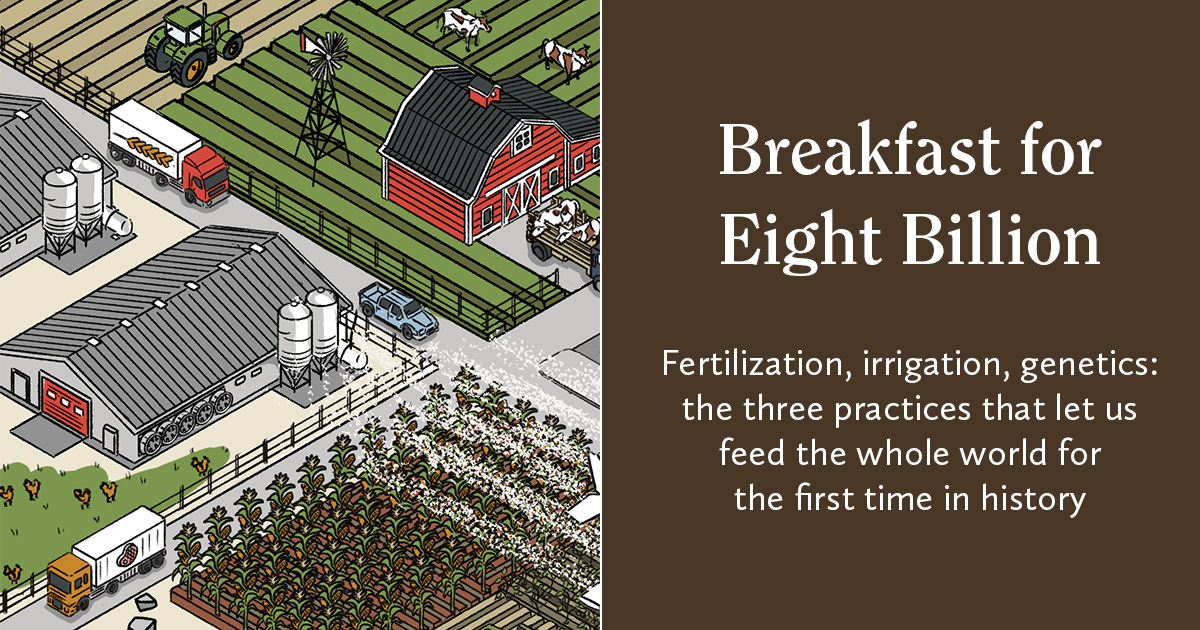
Hey team, Tony here. Can you help support The Up Wing mission? 80% of our readers are currently free subscribers; please consider supporting our mission and newsletter here: Support The Up Wing, or help support the project by liking and sharing The Up Wing content on X/Twitter.
